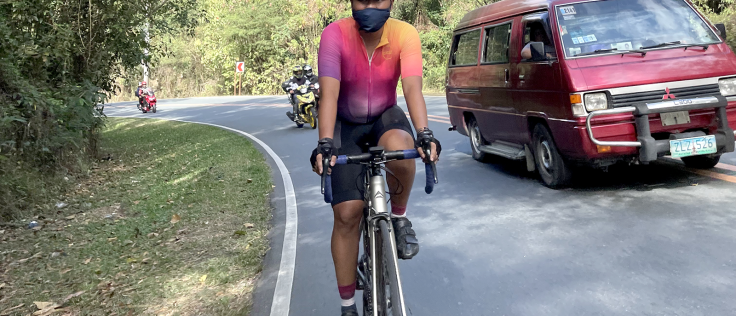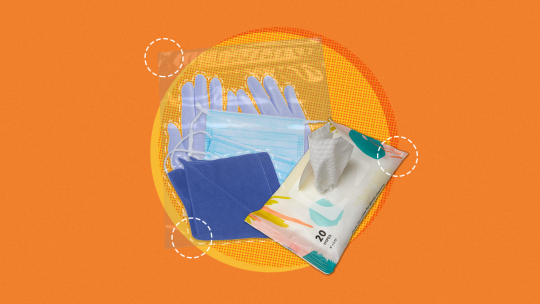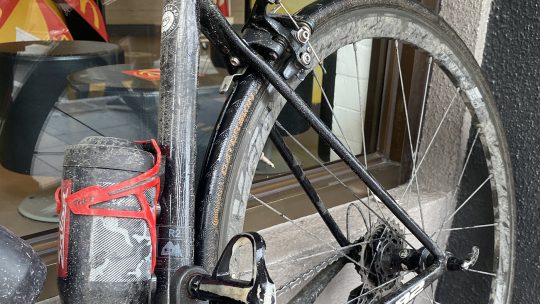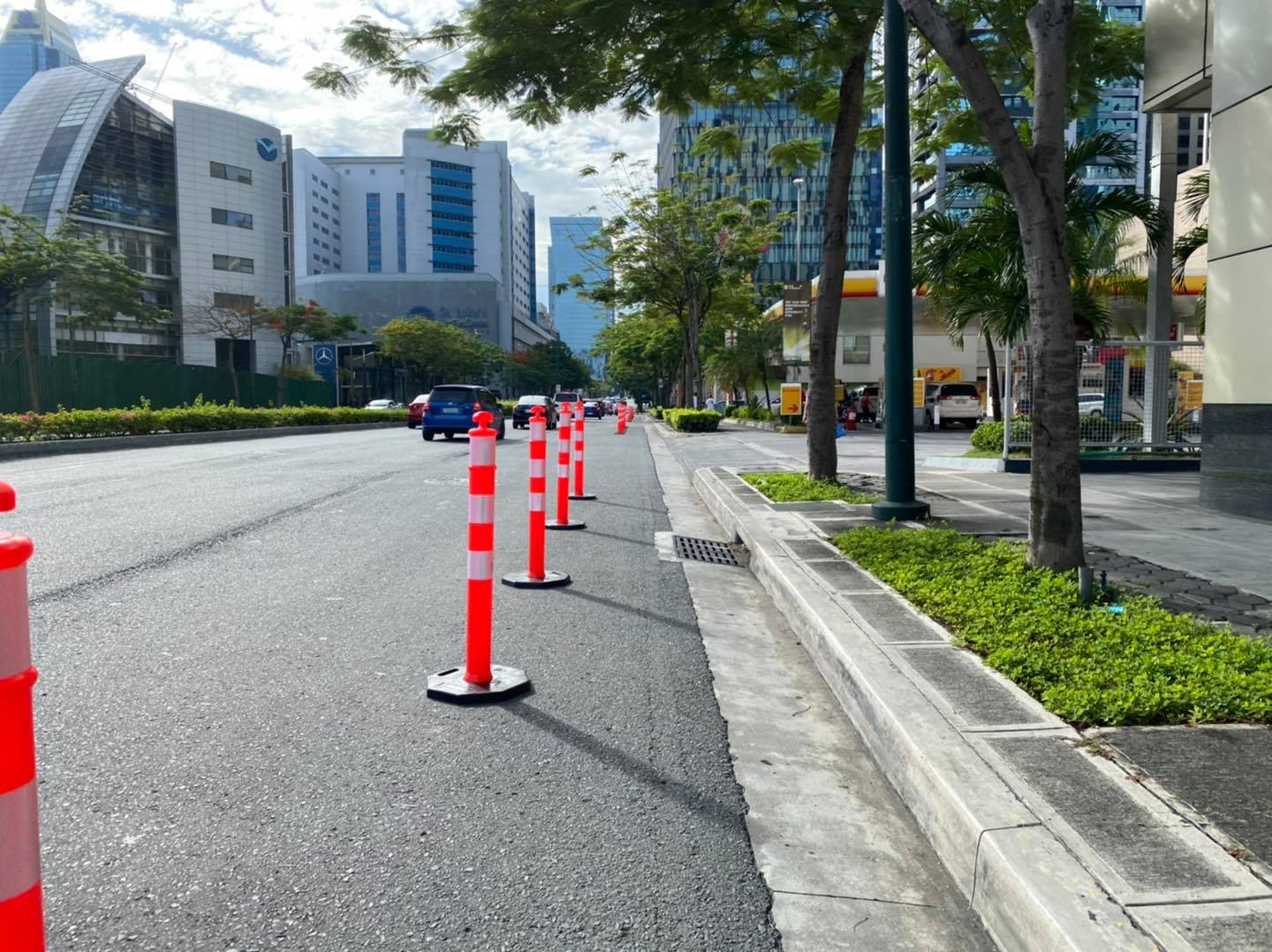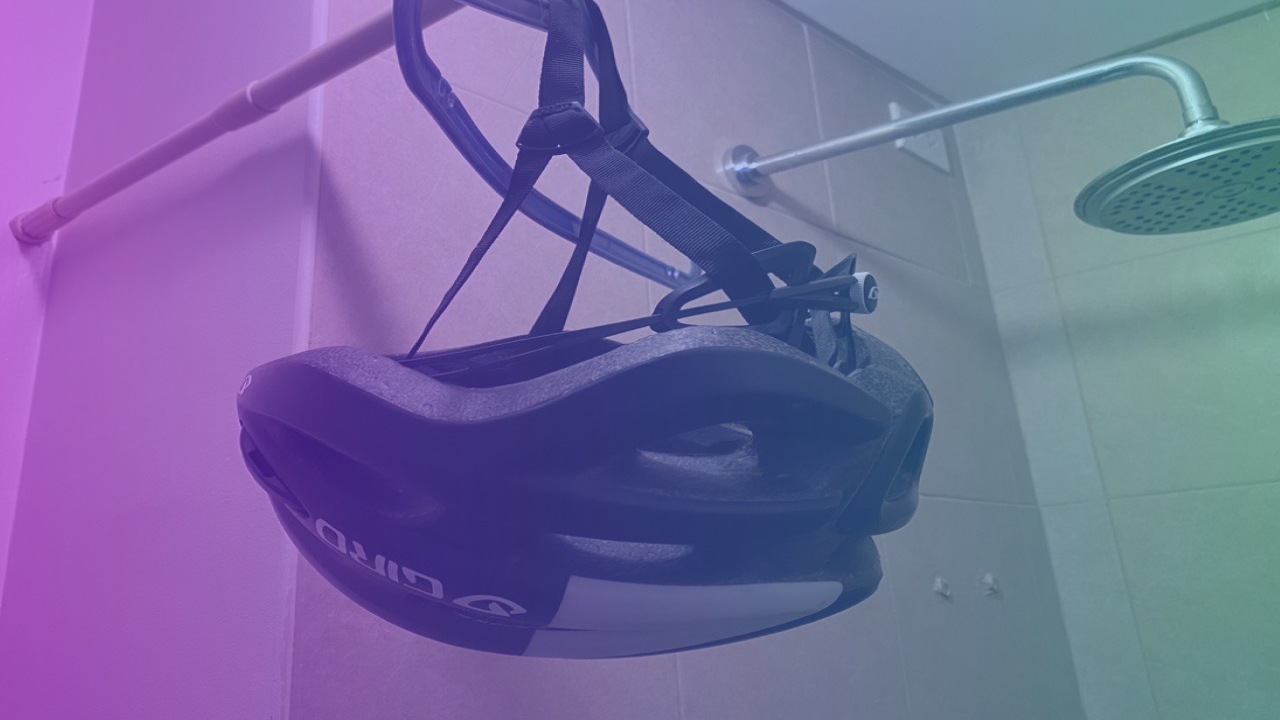The reason why so much cycling wisdom gets repeated over and over is probably because good advice bears repeating, and there are always new ears that might benefit from hearing tips about safety. Still, many of us have taken the basics to heart, so we thought we’d talk about good habits that are less commonly discussed, but could make a big difference in staying safe on the road.
Here we go:
- Get a grip on the handlebar
If you’ve ridden enough kilometers, you’ve probably caught yourself lazily draping your hands on that handlebar and then getting the shock of your life as your hands get jolted off when the bike hits a pothole or a bump. It can happen while you’re coasting along or riding at a tempo pace, and it’s never fun nor safe.
This is why it’s a good habit to hold onto that handlebar properly; that is, with your fingers wrapped around under the bar so that unexpected bumps won’t knock your hand off. Practice keeping your thumb engaged around the shifter when you’re riding on the hoods, and around that bar when you’re riding on a flat bar!
- Don’t brake into a corner
Getting comfortable riding around corners can take a bit of time but good technique helps a lot. Something to keep in mind is that it’s safer to slow the bike down before turning into a corner, rather than braking in the turn itself. This eliminates the risk of locking your brakes and skidding your tires at the worst possible moment. This is even more important on rainy days when the roads are slippery and your brakes are less predictable.
Instead, you can master the skill of anticipating the speed at which you’d be comfortable taking a turn, and slowing down before the corner. It takes a bit of practice, but you’ll find that it helps build your confidence too.
- Use that front brake
A lot of us get into cycling with an irrational fear that we’d go over the handlebars if we use the front brake. To be fair, this does happen under certain circumstances. But you should also know that it doesn’t happen nearly as much as you think it does and it is absolutely avoidable with the proper technique. More importantly, a bike’s front brake is a lot more effective than its rear brake because our weight shifts forward to the front as we apply braking force to slow us down. Which means that that rear brake won’t nearly be as helpful when you need to make an emergency stop.
To brake safely, apply both brakes evenly and with intention but don’t squeeze too suddenly. Practice using your brakes at different speeds to get used to the kind of modulation they offer, and practice getting out of the saddle and shifting your weight towards the rear of the bike to allow the rear brake more traction during more sudden stops.
- Re-torque your bolts
This is one of those situations where “If it ain’t broke” doesn’t apply. It doesn’t matter if you’re riding on smooth tarmac, shredding technical trails, or going the path less traveled; your bike will be subject to forces that stress its nuts and bolts. And while you don’t really need to worry about bolts coming loose during a ride, it doesn’t hurt to re-torque the bolts every so often just to keep safe. This habit also helps keep those annoying creaks away!
- Log your component mileage
Lastly, it’s good to know how much you’ve ridden on the components that you have on the bike. While some components won’t really need replacing during the bike’s lifespan, others wear down over time and some have predictable replacement times. Your bike’s brake pads, tires, and chain will need the most replacing, but even your chainrings, cogs, and rear derailleur jockey wheels will eventually wear out if you ride enough.
You can visually inspect the pads and tires, use a chain wear tool to check your chain’s condition, but having a sense of a component’s mileage allows you to anticipate when you’re going to need a replacement part so you are ready before it happens.
—
As with most activities, forming good habits can make cycling more enjoyable and safe. We hope that the above-mentioned practices can help keep you and your bike happy!

